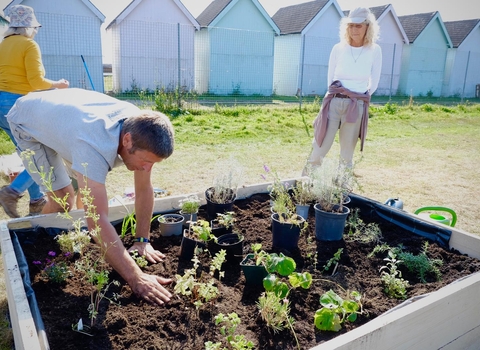Spring is here! Why do we love it so much?
Sometimes it feels like winter’s icy grip will stay with us forever. When you’re in the midst of the dark, wet, cold days of January and February, Christmas is forgotten and you leave for work in the dark (after de‐icing the car of course) and then come home in the dark; warmth and light seem a long way off. And yet here we are, on the cusp of spring, with warmth and light all around us. No wonder everyone loves the spring.
But why exactly do we love it? Sunshine and daylight play a huge part. Exposure to the extra sunlight increases levels of the hormone serotonin – the happy hormone – making you feel good. Furthermore, you may find you have more energy in the spring. This is because the extra sunlight decreases your levels of melatonin (the sleep chemical) during the day and increases it during the night, allowing you to get a sounder, more restful night’s rest.



